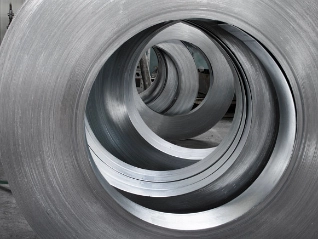Atradius Atrium
Νέα πλατφόρμα διαχείρισης Ασφαλιστηρίου Συμβολαίου Πιστώσεων, εργαλείων αίτησης πιστωτικών ορίων καθώς και πρόσβασης στα Atradius Insights και Serv@Net.
 Greece γραφεία
Greece γραφεία









Φόρτωση περισσότερων
Προβολή 7 από 53






Φόρτωση περισσότερων
Προβολή 7 από 23
Ερωτήσεις;